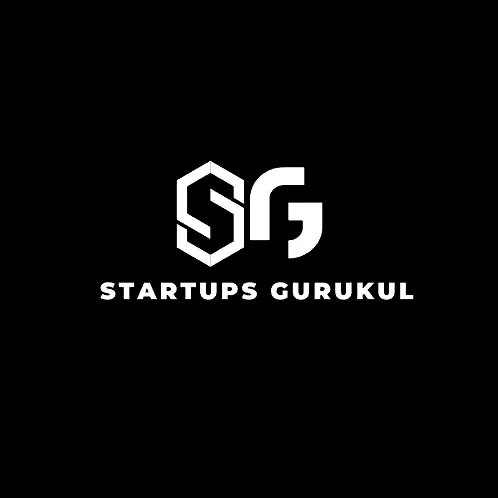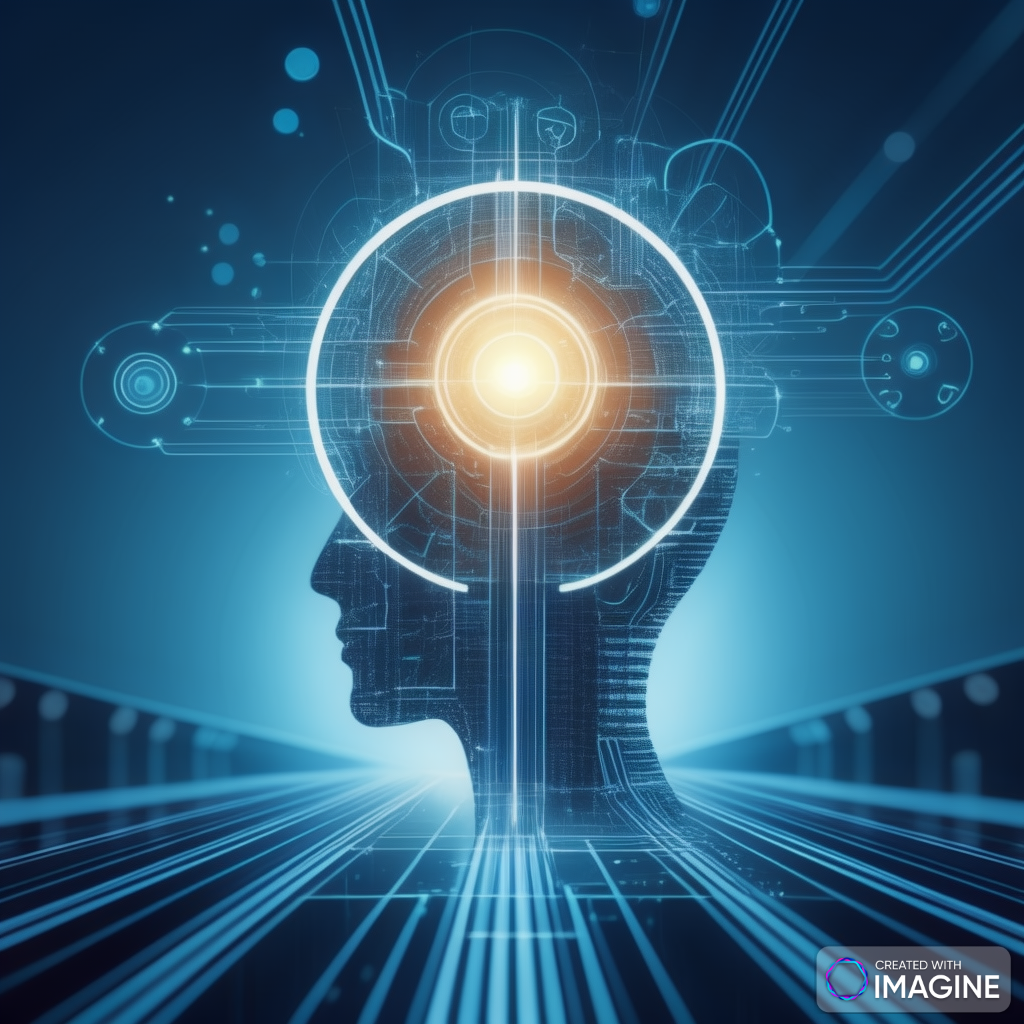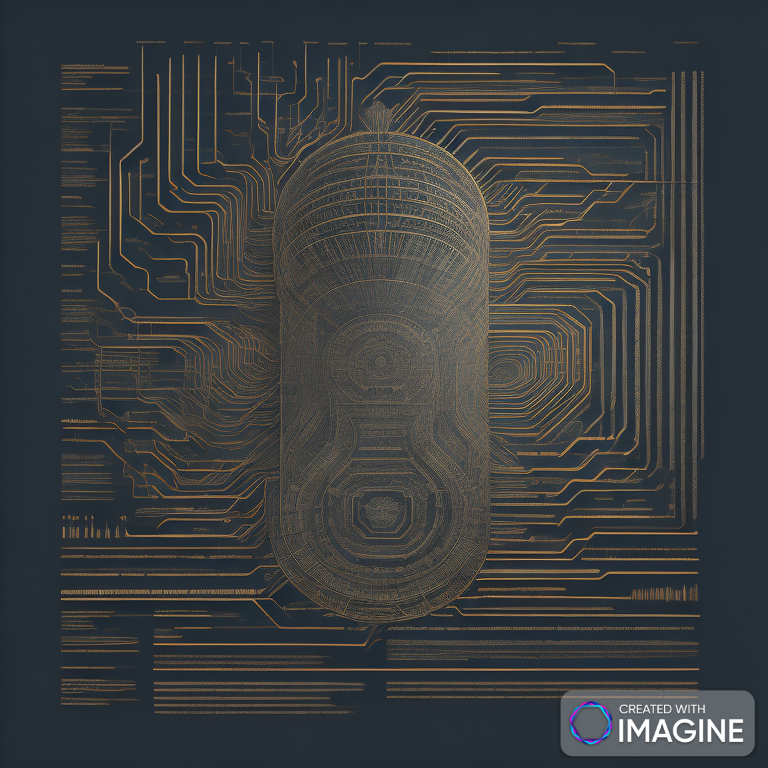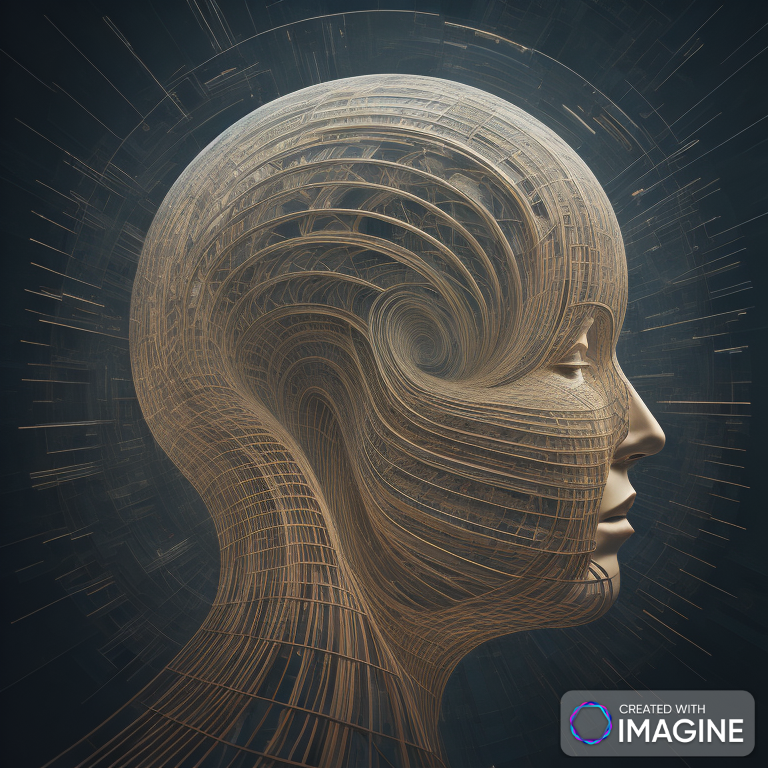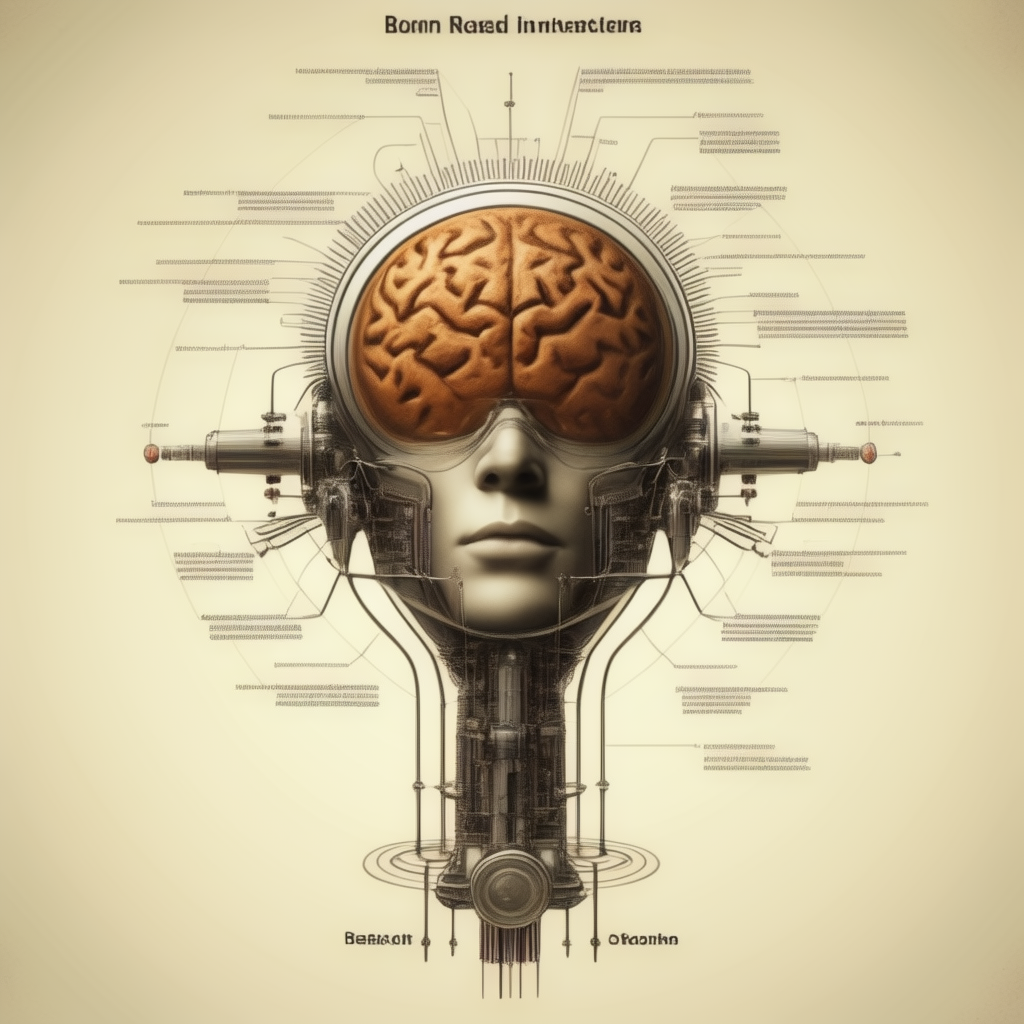Introduction:
- Brief explanation of logic as a fundamental aspect of reasoning:
- Logic is the systematic study of the principles of valid inference and reasoning. It provides a framework for evaluating the soundness of arguments.
- first-order logic is a powerful and expressive form of logical reasoning:
- First-order logic extends the capabilities of basic logic, allowing for more nuanced expressions involving objects, relationships, and quantifiers.
Section 1: Foundations of Logic: 1.1 Overview of Propositional Logic:
- propositional logic as a precursor to first-order logic:
- Propositional logic deals with propositions or statements that are either true or false, often represented by variables. It’s limited in expressing complex relationships.
- limitations in representing complex relationships:
- Propositional logic struggles to capture relationships between different objects and the subtleties of quantification.
1.2 Need for Expressivity:
- scenarios where propositional logic falls short:
- In situations where relationships, dependencies, or conditions between different entities need to be expressed.
- need for a more expressive logic system:
- First-order logic emerges to address the limitations of propositional logic, allowing for more sophisticated representation.
Section 2: Understanding First-Order Logic: 2.1 Introduction to First-Order Logic:
- first-order logic as an extension of propositional logic:
- First-order logic introduces elements like objects, predicates, and functions to enable a richer representation of relationships.
- fundamental elements: objects, predicates, and functions:
- Objects are entities in the domain, predicates express relationships, and functions represent mappings between objects.
2.2 Syntax and Semantics:
- syntax of first-order logic:
- Variables, constants, and quantifiers constitute the syntax. Variables represent placeholders, constants are specific objects, and quantifiers express generality.
- the semantics, emphasizing the role of quantifiers:
- Quantifiers (∀ and ∃) determine the scope of variables, expressing whether a statement holds for all or at least one object in the domain.
Section 3: Quantifiers in Depth: 3.1 Universal Quantifier (∀):
- concept of the universal quantifier and its symbol (∀):
- ∀ expresses that a statement holds for all objects in the specified domain.
- examples illustrating how it expresses statements about all objects:
- E.g., ∀x (x is red) asserts that everything in the domain is red.
3.2 Existential Quantifier (∃):
- existential quantifier and its symbol (∃):
- ∃ indicates that a statement holds for at least one object in the specified domain.
- its use in making statements about the existence of at least one object:
- E.g., ∃x (x is a prime number) asserts that there exists at least one prime number.
Section 4: Predicates and Functions: 4.1 Predicates in First-Order Logic:
- predicates as statements that can be either true or false:
- Predicates express properties or relationships between objects.
- role in creating meaningful assertions:
- E.g., P(x) might represent “x is an even number.”
4.2 Functions and Constants:
- functions as relationships between objects:
- Functions map one or more objects to another object.
- constants as specific objects within the domain:
- Constants are specific, unchanging objects.
Section 5: Applications of First-Order Logic: 5.1 Role in Mathematics:
- how first-order logic underlies mathematical reasoning and proofs:
- Mathematical structures and theorems can be rigorously expressed and proved using first-order logic.
- examples of how it’s used in mathematical structures:
- E.g., expressing the properties of numbers or sets.
5.2 Artificial Intelligence and Knowledge Representation:
- the pivotal role of first-order logic in AI:
- It serves as a foundation for knowledge representation, enabling AI systems to understand and reason about the world.
- real-world applications in AI systems:
- E.g., representing relationships in databases, expert systems, or natural language understanding.
Section 6: Inference Rules in First-Order Logic:
6.1 Deduction and Modus Ponens:
the deduction rule and its application:
Deduction allows drawing specific conclusions from general principles. Modus Ponens is a specific deduction rule.
In logical reasoning, deduction is the process of deriving specific conclusions from general principles or premises. The Modus Ponens rule, a fundamental deduction rule, provides a structured way to make inferences. If we have a conditional statement “A implies B” (A → B) and we know that A is true, then we can deduce that B is also true. This logical rule underpins much of the reasoning in first-order logic and serves as a foundational principle in constructing logical arguments.
the application of Modus Ponens in first-order logic:
if A implies B and A is true, then B can be inferred as true.
Let’s consider a specific example within the context of first-order logic. Suppose we have the statement “For all x, if x is a cat, then x is an animal” (∀x: Cat(x) → Animal(x)), and we know that Fluffy is a cat (Cat(Fluffy)). Applying Modus Ponens, we can deduce that Fluffy is an animal (Animal(Fluffy)). This application showcases the practical use of Modus Ponens in reasoning about specific instances based on general statements.
6.2 Universal Instantiation and Existential Generalization:
universal instantiation and its role:
Universal instantiation allows replacing a universally quantified variable with a specific object.
Universal instantiation is a rule in first-order logic that enables us to instantiate or replace universally quantified variables with specific objects. In a universally quantified statement like “For all x, P(x),” universal instantiation allows us to replace ‘x’ with any specific object, resulting in a statement such as “P(Fluffy)”.
existential generalization and its significance:
Existential generalization allows inferring the existence of an object without specifying its identity.
On the other hand, existential generalization deals with statements that assert the existence of an object without specifying which object it is. If we know that there is an object ‘x’ for which P(x) holds, we can generalize and state that there exists at least one object for which P(x) is true (∃x: P(x)).
Section 7: Completeness and Soundness:
7.1 Completeness in First-Order Logic:
completeness and its importance:
Completeness ensures that every valid statement in first-order logic can be proven.
Completeness is a fundamental property of a logical system, ensuring that every valid statement within that system can be proven or deduced. In the context of first-order logic, completeness is crucial because it provides assurance that the logical system can capture and address all possible valid inferences. If a logical system is complete, it implies that there are no true statements that the system cannot prove.
the implications of completeness for logical systems:
It provides a high level of confidence in the logical system’s ability to capture all valid inferences.
The significance of completeness lies in the confidence it instills in the logical system’s ability to capture all valid inferences. Users of the logical system can trust that, if a statement is true, the system has the capability to prove its truth. This property adds a level of robustness to the logical framework, making it a reliable tool for reasoning and inference.
7.2 Soundness as a Measure of Validity:
soundness and its role in logical systems:
Soundness ensures that every statement proven is logically valid.
Soundness is another essential property of logical systems, ensuring that the statements proven within the system are logically valid. A logical system is considered sound if it never derives false conclusions from true premises. In other words, if a statement is proven within a sound logical system, users can trust that the conclusion is logically valid and aligns with the principles of the system.
the significance of soundness in maintaining logical integrity:
It prevents the derivation of false conclusions from true premises.
The importance of soundness lies in its role in maintaining the logical integrity of the system. By preventing the derivation of false conclusions from true premises, soundness upholds the reliability and trustworthiness of the logical framework. Users can confidently rely on the results produced by a sound logical system, knowing that the system adheres to the principles of valid reasoning.
Section 8: Limitations and Challenges:
8.1 Incompleteness and Undecidability:
Discuss Gödel’s incompleteness theorems:
Gödel showed that no consistent, formal logical system can prove all true mathematical statements.
Gödel’s incompleteness theorems, formulated by mathematician Kurt Gödel, have profound implications for the limits of formal logical systems. The theorems assert that within any consistent formal system expressive enough to capture arithmetic, there exist true mathematical statements that cannot be proven within that system. This inherent incompleteness reveals that no single formal system can encompass all mathematical truths.
the concept of undecidability and its implications:
Some statements in first-order logic may be undecidable, meaning there’s no algorithm to determine their truth.
Undecidability in the context of first-order logic implies that certain statements cannot be algorithmically determined as true or false. This concept, closely related to Gödel’s incompleteness theorems, introduces a level of uncertainty within logical systems. It underscores the existence of statements that surpass the scope of algorithmic decision-making, posing a challenge to the completeness and decidability of logical frameworks.
8.2 Computational Complexity:
the computational complexity of first-order logic:
Discuss how proving certain statements may be computationally intensive.
The computational complexity of proving statements in first-order logic is a practical challenge. While many logical inferences are straightforward, certain statements or proofs may require significant computational resources. This complexity arises from the intricate nature of logical relationships and the potential combinatorial explosion of possibilities. As a result, automated theorem proving in first-order logic encounters challenges in terms of efficiency and resource consumption.
challenges in automated theorem proving:
The difficulty of automating the process of proving theorems in first-order logic.
Automated theorem proving involves the use of computer programs to deduce logical consequences from a set of axioms. In first-order logic, the complexity of statements and the vast number of potential logical relationships make automated theorem proving challenging. Researchers and practitioners face obstacles in developing efficient algorithms that can handle the diverse range of logical statements encountered in real-world applications.
Section 9: Historical Evolution of First-Order Logic:
9.1 Origins in Mathematical Logic:
Trace the historical roots of first-order logic:
how mathematical logicians like Gottlob Frege and Bertrand Russell contributed to its development.
The origins of first-order logic can be traced back to the late 19th and early 20th centuries when prominent mathematicians and logicians, such as Gottlob Frege and Bertrand Russell, laid the groundwork for formal logic. Frege’s work on predicate logic and Russell’s development of the theory of types were foundational in shaping the concepts that would later evolve into first-order logic. These early contributions marked a significant departure from the limitations of propositional logic, introducing a more expressive and precise logical system.
key milestones in the evolution of first-order logic:
From its early foundations to its modern conceptualization.
The historical evolution of first-order logic witnessed key milestones, including the formalization of logical syntax and semantics, the development of quantifiers, and the establishment of a comprehensive set of inference rules. Early logicians struggled with foundational issues, but over time, the systematic refinement of first-order logic contributed to its establishment as a fundamental tool in various domains. Modern conceptualizations and applications of first-order logic continue to build upon this rich historical legacy.
the role of first-order logic in shaping advanced reasoning:
first-order logic serves as a cornerstone in advanced reasoning, providing a formal and expressive language for representing complex relationships and making precise logical inferences. Its foundational role extends beyond mathematics into diverse fields such as computer science, linguistics, and artificial intelligence, where it continues to play a pivotal role in shaping logical frameworks.
